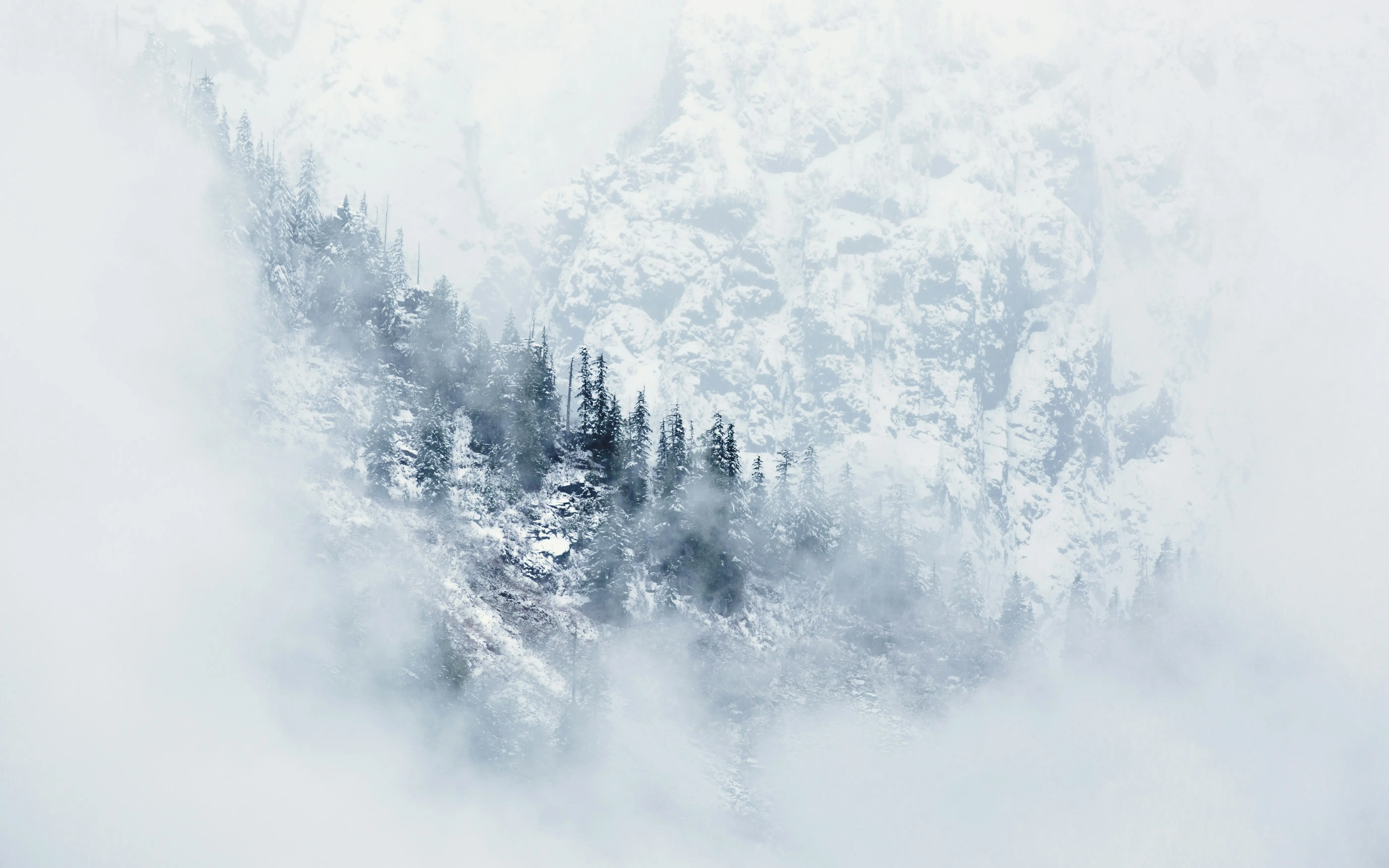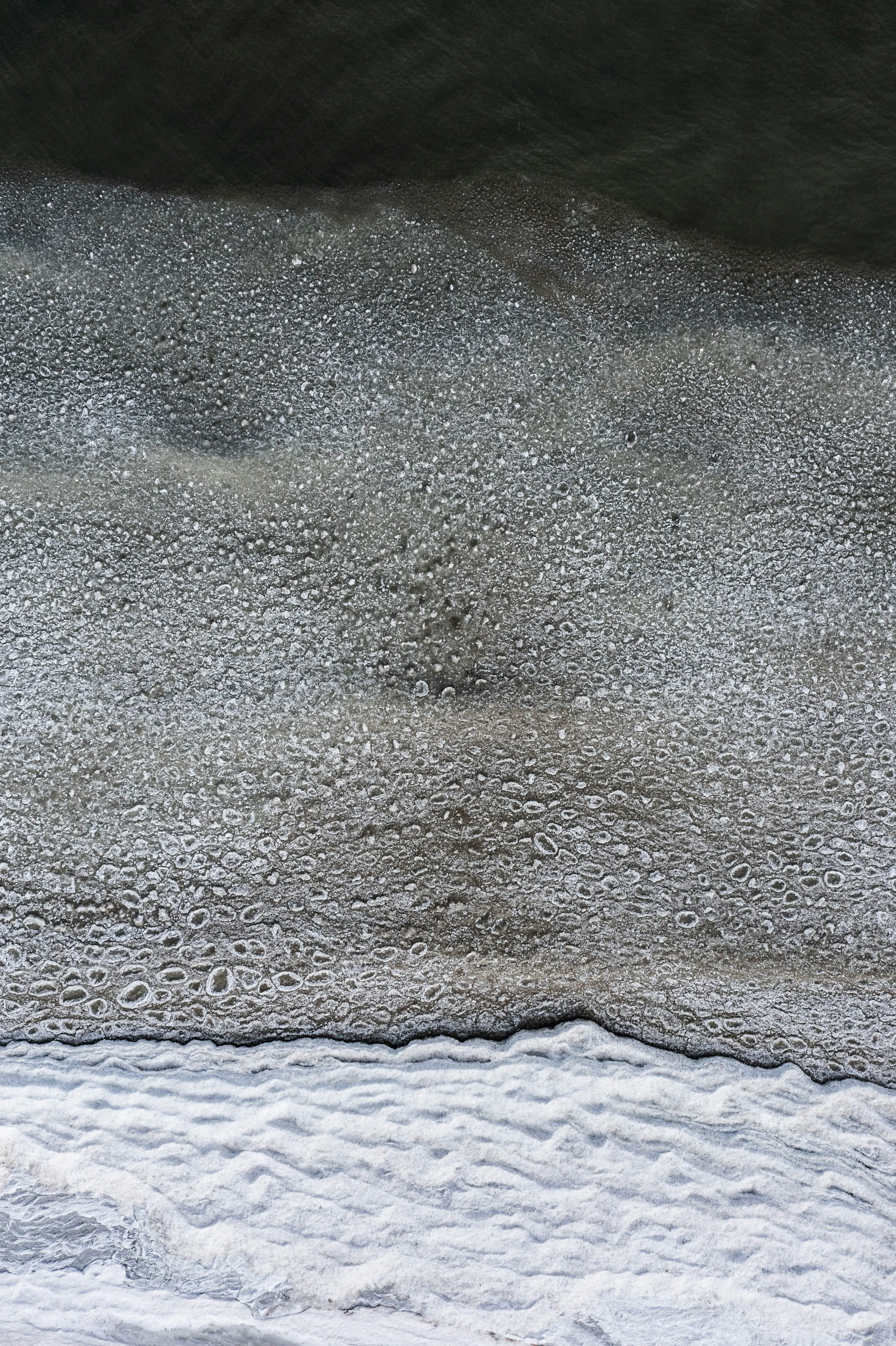Desert Dust: Nature's Cloud Freezer

When we think of deserts, we often imagine vast, arid landscapes stretching endlessly under the scorching sun. However, these dry expanses hold a surprising secret. Researchers from ETH Zurich have discovered that desert dust plays a crucial role in the formation and freezing of clouds, potentially impacting weather patterns far beyond the sandy borders.
At the heart of this phenomenon are microscopic particles known as mineral dust. When these particles are swept high into the atmosphere by winds, they act as nuclei around which water vapor can condense. As temperatures drop, the water droplets freeze, forming ice crystals. This process is essential for the formation of some types of clouds and can influence precipitation, with implications for both local and global climates.
“Desert dust is like a natural cloud-seeding agent,” explains study lead Dr. Anna Cloudsmith. “These tiny particles can initiate the freezing process in clouds, which is vital for rain and snow formation.”

The researchers conducted experiments simulating atmospheric conditions to observe how different types of desert dust behave in cloud formation. They found that the mineral composition of the dust, along with its size and shape, significantly influences its ability to induce freezing. For instance, dust particles rich in clay minerals were particularly effective at promoting ice formation, compared to those consisting mostly of quartz.
This discovery is not just academic. Understanding the role of desert dust in cloud mechanics can enhance weather forecasting models, particularly in arid and semi-arid regions where dust storms are common. Moreover, it could inform geoengineering strategies aimed at mitigating climate change effects by artificially managing cloud cover and precipitation.
However, the interplay between desert dust and cloud dynamics is complex. Factors such as wind patterns, humidity levels, and even human activity like land use changes and pollution can alter dust availability and its distribution in the atmosphere.
In a world where climate change presents ever-growing challenges, insights like these underscore the importance of understanding the natural processes that govern our planet. Who would have thought that the humble desert dust could hold such power over our skies?